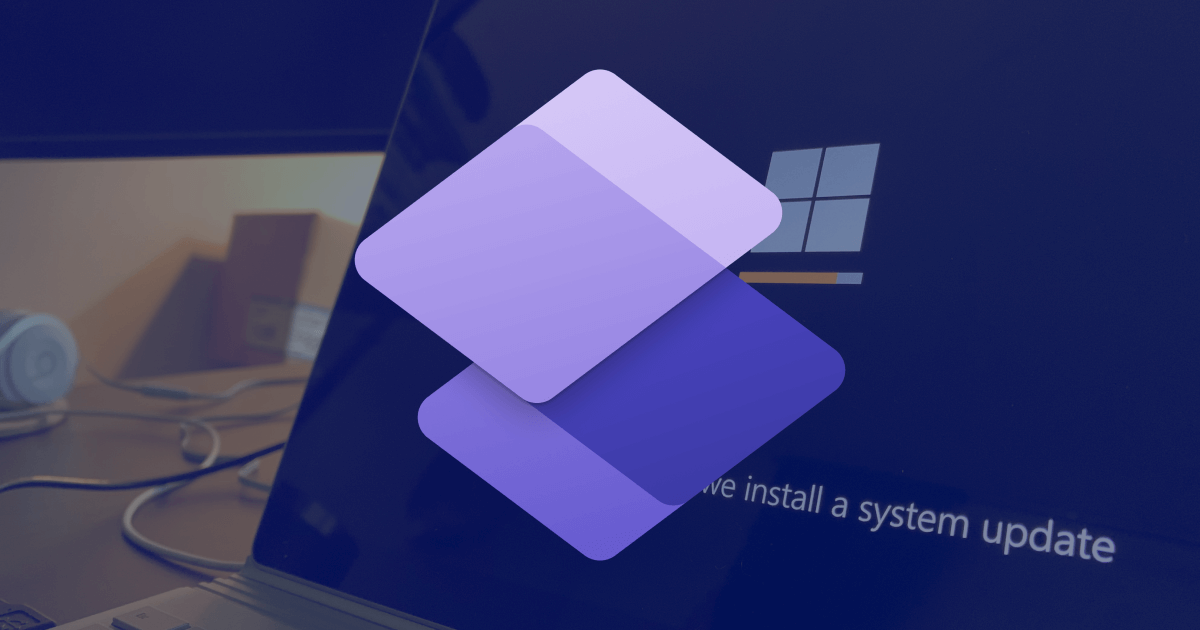Microsoft Power Pages is a powerful feature within the Microsoft Power Platform that empowers organizations to create and deploy interactive web portals, enabling them to engage with external users, customers, and partners. In this comprehensive article, we will explore the concept of Microsoft Power Pages, its benefits, and its role within the broader Power Platform ecosystem. Discover how Power Pages can revolutionize your web portal development and enhance your organization's digital presence.
What is Power Pages?
Understanding the Concept of Microsoft Power Pages
Microsoft Power Pages is a capability within the Power Platform that allows organizations to build and customize interactive web portals without the need for extensive coding or development expertise. With Power Pages, organizations can create compelling and user-friendly web experiences that integrate with their existing data and business processes.
Power Pages leverages the capabilities of Power Apps Portals, a component of the Power Platform that enables the creation of external-facing portals. By using Power Pages, organizations can extend the functionality of their Power Apps portals and tailor Power Apps to meet their specific needs.
Microsoft Power Pages is a low-code tool that allows you to create secure, modern, data-driven websites that facilitate internal business processes.
Until now, Power Pages was integrated into Power Apps called Power Apps Portals. The new tool brings new aesthetic features and extensive customization capabilities, suitable for both individual users and professional developers using Power Apps.
It is the fifth tool of the Power Platform products, and coexists with Power BI, Power Apps, Power Automate, and Power Virtual Agents.
The main difference between Power Pages and Power Apps Portals is the increased possibilities and features for website design. Power Apps users will not have to make any changes or migrations but will be able to enjoy all the functionality that Power Pages offers. So, Power Apps is a perfect complement to their toolset.
How does Microsoft Power Pages work?
Microsoft Power Pages works by running through Azure and Dataverse, having the combination of both tools makes Power Pages have a high level of security.
The tool is composed of several elements. On the one hand, the production of the website is based on Design Studio, where the design, style, configuration and publication of the website is facilitated. It also has a template center with customizable ideas and demos, and the Learn Hub, a site where guides and tutorials are provided to learn how to create and configure sites, model and visualize business data, and work with code.
With Visual Studio Code, you can work with JavaScript, Liquid templates, code components and Web APIs in Power Pages projects using code. This gives professional developers the new possibilities of Power Pages without having to leave their familiar environment.
Exploring the Features of Microsoft Power Pages + Power Apps
Power Pages offers a range of features and capabilities that enable organizations to build dynamic web portals. Let's take a closer look at some of these features:
- Drag-and-Drop Page Designer:
- Power Pages provides an intuitive drag-and-drop interface that allows users to design web pages effortlessly.
- With the page designer, users can add components, customize layouts, and arrange elements to create visually appealing portals.
- Integration with Power Apps Portals:
- Power Pages seamlessly integrates with Power Apps Portals, enabling organizations to leverage the portal's existing capabilities.
- Users can easily incorporate data sources, business logic, and workflows from Power Apps Portals into their Power Pages.
- Microsoft presents Power Pages as an independent part of Power Apps, incorporating new functionalities and features to develop web pages that can be public and serve as a data collection tool for the company.
- Customizable Themes and Templates:
- Power Pages offers a range of pre-designed templates and customizable themes, allowing organizations to create portals that align with their brand identity.
- Users can select from a variety of layouts, color schemes, and fonts to create visually cohesive and engaging web portals.
- Mobile-Friendly Responsiveness:
- Power Pages ensures that the web portals created are responsive and optimized for mobile devices.
- Users can design pages that adapt to different screen sizes, providing a consistent and seamless experience across desktop and mobile devices.
- Data Integration and Interactivity:
- Power Pages allows organizations to integrate their data sources and business processes directly into the web portals.
- Users can display data from various sources, enable data entry and updates, and incorporate interactive features such as forms and surveys.
- Role-Based Access Control:
- Power Pages provides robust security and access control features, allowing organizations to manage user permissions and restrict access to specific portal content.
- Users can define roles and permissions, ensuring that only authorized individuals can access and interact with the portal's resources.
Benefits of Microsoft Power Pages
Microsoft Power Pages offers several benefits for organizations seeking to enhance their web portal capabilities. Let's explore some of these benefits:
- Streamlined Web Portal Development:
- Power Pages simplifies the web portal development process, reducing the reliance on traditional development methods.
- Organizations can build and deploy portals quickly, accelerating time to market and improving agility.
- Enhanced User Experience:
- Power Pages enables the creation of intuitive and user-friendly web portals, resulting in an enhanced user experience.
- Users can navigate through portals effortlessly, access relevant information, and perform desired actions efficiently.
- Seamless Data Integration:
- Power Pages allows for seamless integration with data sources, enabling real-time access to critical information.
- Organizations can leverage their existing data assets and provide users with up-to-date and relevant data within the portal.
- Increased Productivity:
- By providing self-service capabilities and interactive features, Power Pages empowers users to perform tasks independently.
- Users can submit forms, request support, or access resources directly through the portal, reducing dependency on manual processes.
- Scalability and Flexibility:
- Power Pages, as part of the Power Platform, offers scalability and flexibility to accommodate the changing needs of organizations.
- Portals built with Power Pages can easily scale to handle increasing user loads and adapt to evolving business requirements.
How do I start a project in Power Pages?
To start projects, you will need to have a Microsoft Professional or Educational account. Once we have it, we can log in to the portal and start the free trial version.
On the portal's home page, you will be asked to create a site and select a default template on which the whole project will be developed. We give it a name and we can quickly start editing the site using the Design Studio.
The Design Studio has four different workspaces:
Pages workspace
It allows you to design and create web pages as content containers that are identified by a URL and may or may not have a hierarchy. The type of content that Pages allows is very broad, from widgets without code to text, images, video and even the integration of other applications such as Power BI reports.
Styling workspace
As the name implies, the styling workspace allows you to apply global site styles on an aesthetic level. At the moment there are 13 default themes that have a palette of colors, fonts, button styles and margins.
Data workspace
This workspace allows you to manage data collected and stored in Dataverse using tables, forms and lists.
Setup workspace
The configuration workspace allows you to set site settings such as identity providers, security and permissions, among others.
And so, Microsoft Power Pages is a powerful component of the Power Platform that enables organizations to create engaging and interactive web portals. With its intuitive design interface, seamless data integration, and range of features, Power Pages empowers organizations to enhance their digital presence, streamline processes, and deliver a superior user experience. Embrace the power of Microsoft Power Pages and unlock the potential of your web portal development.










